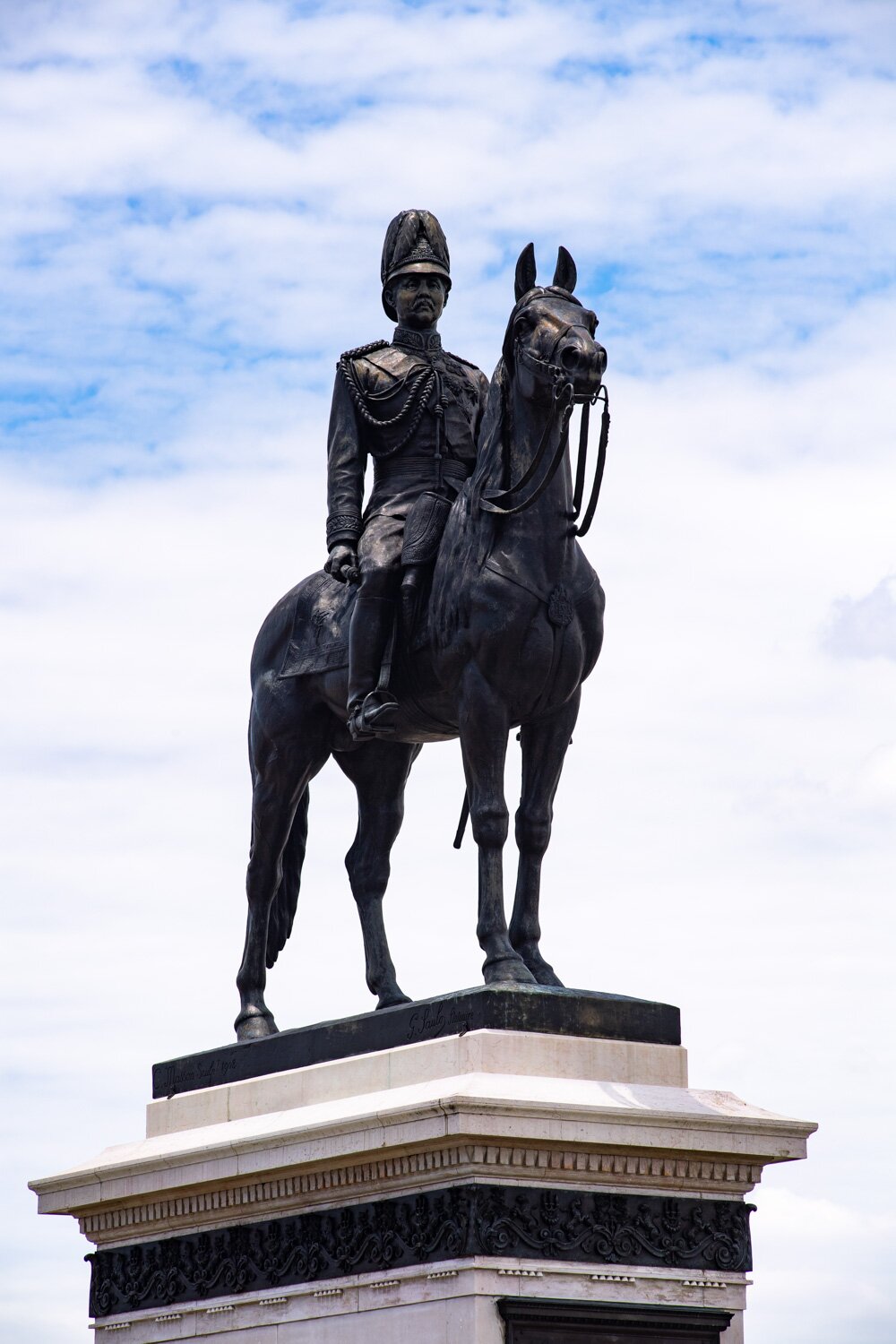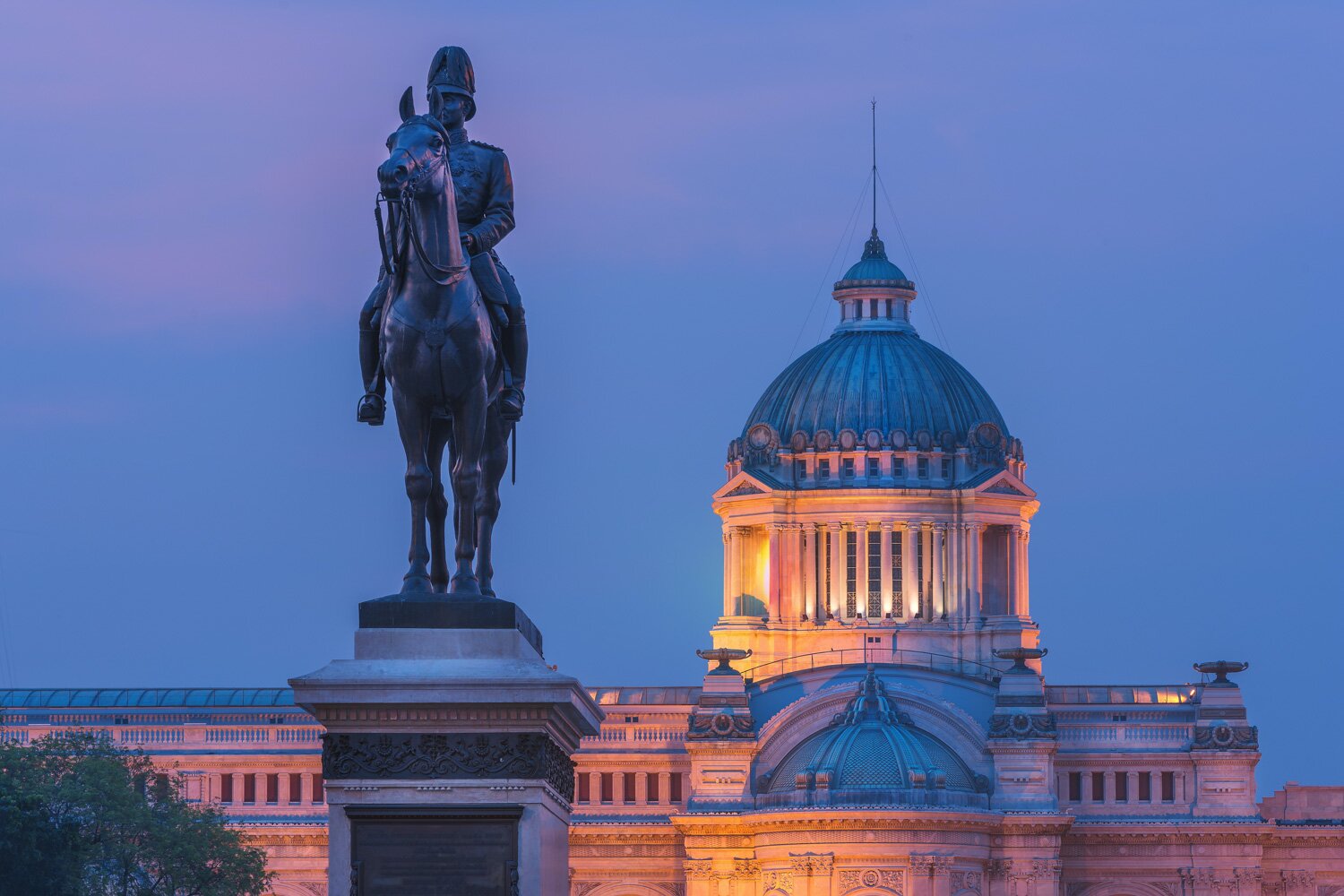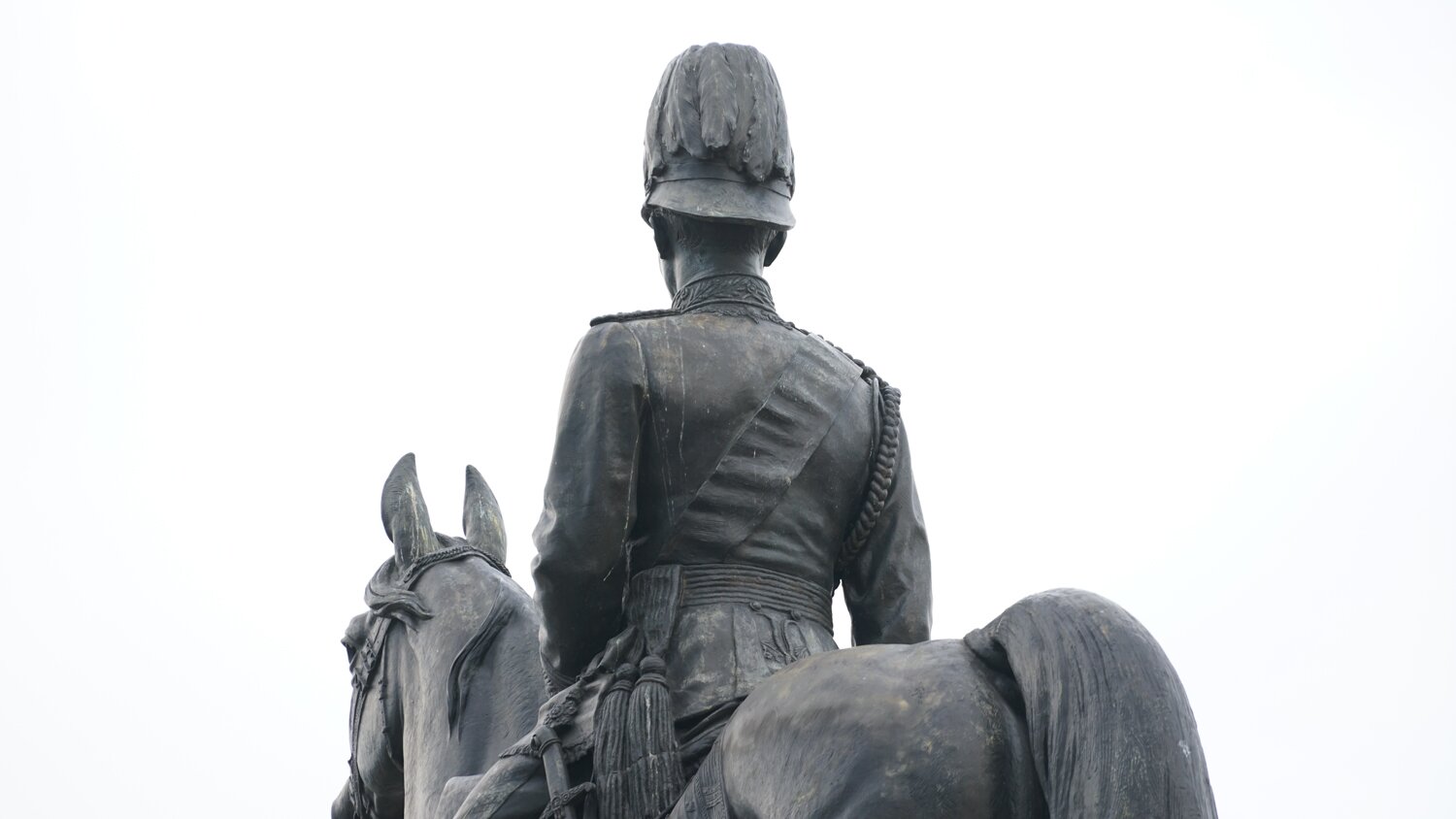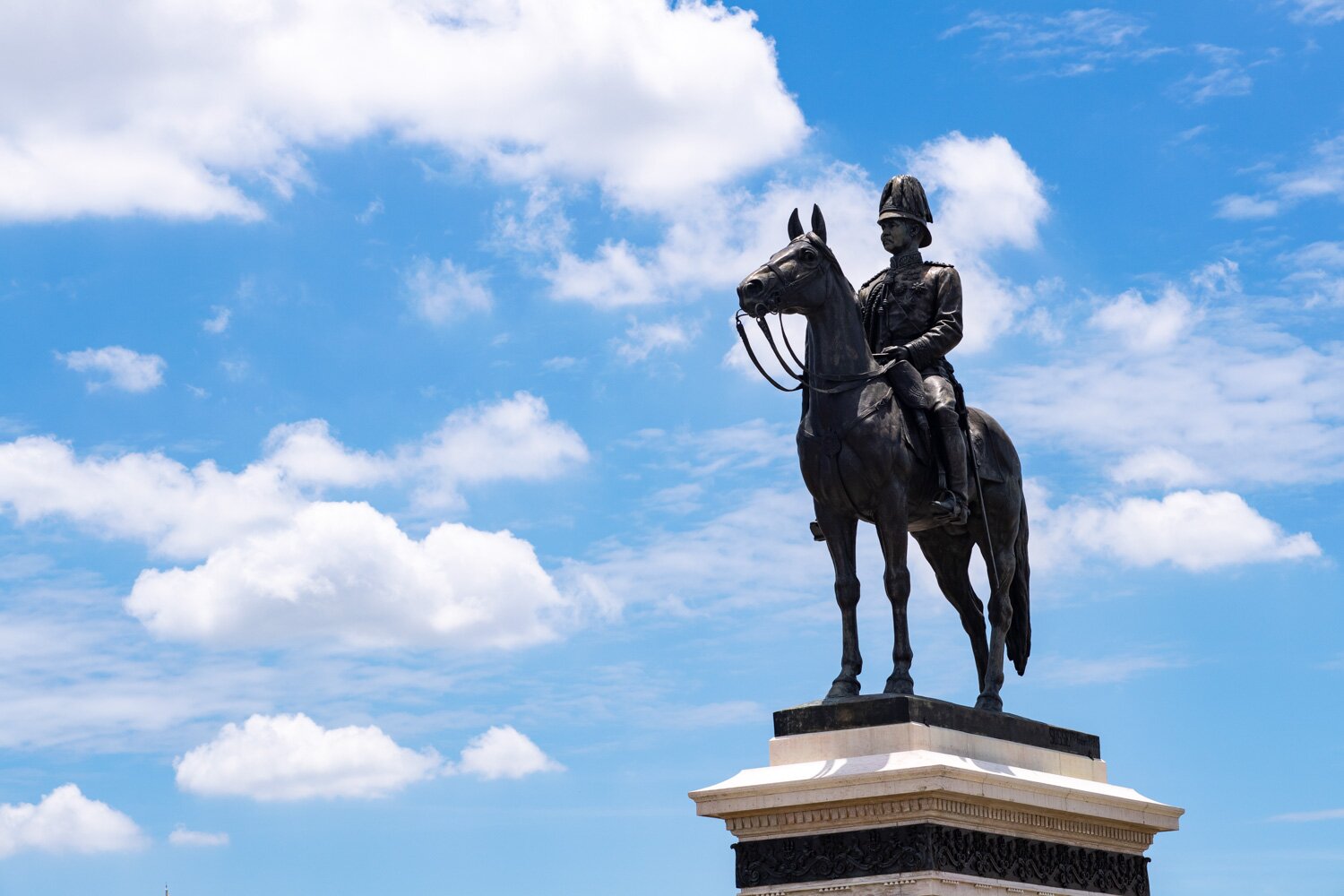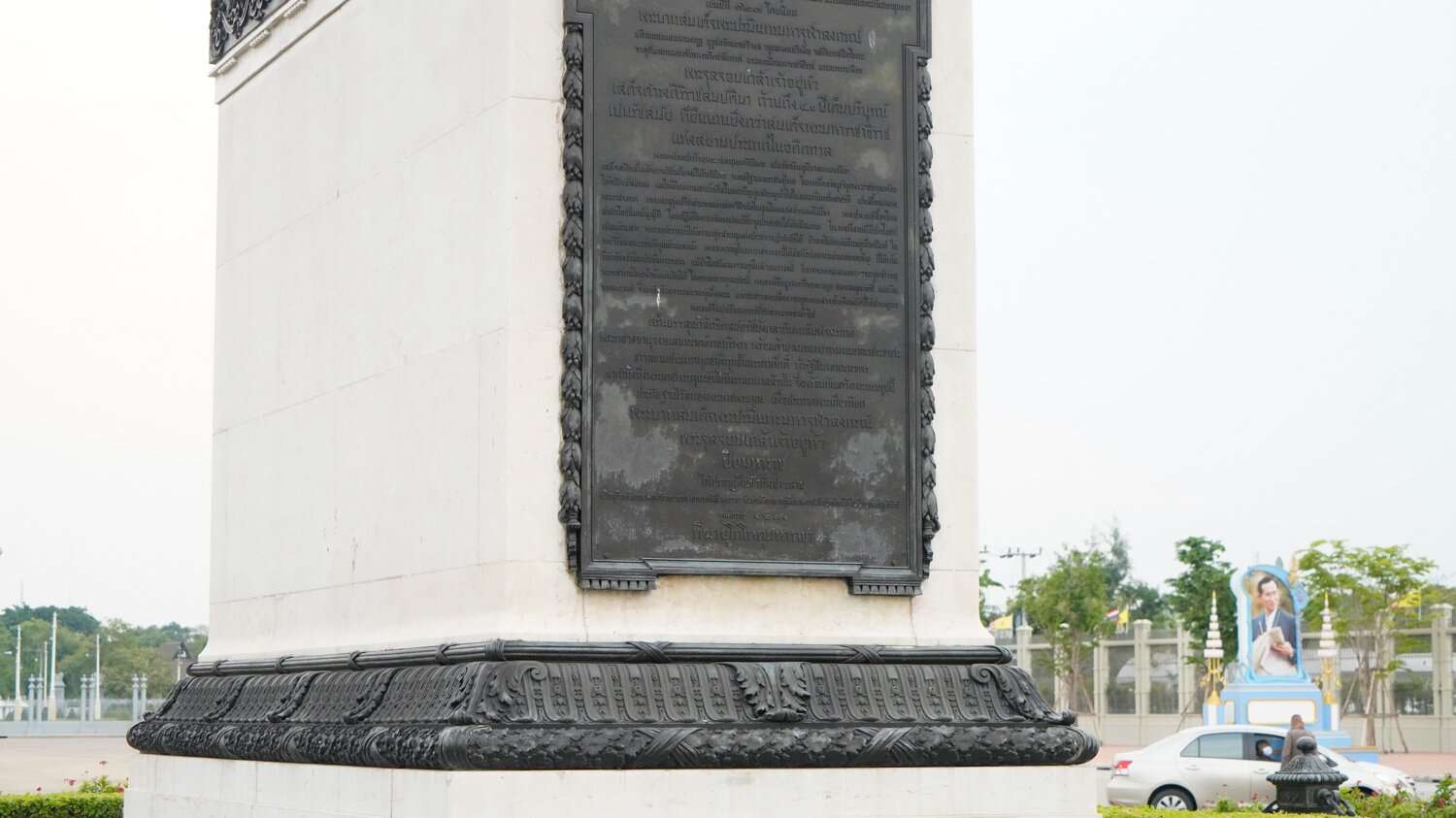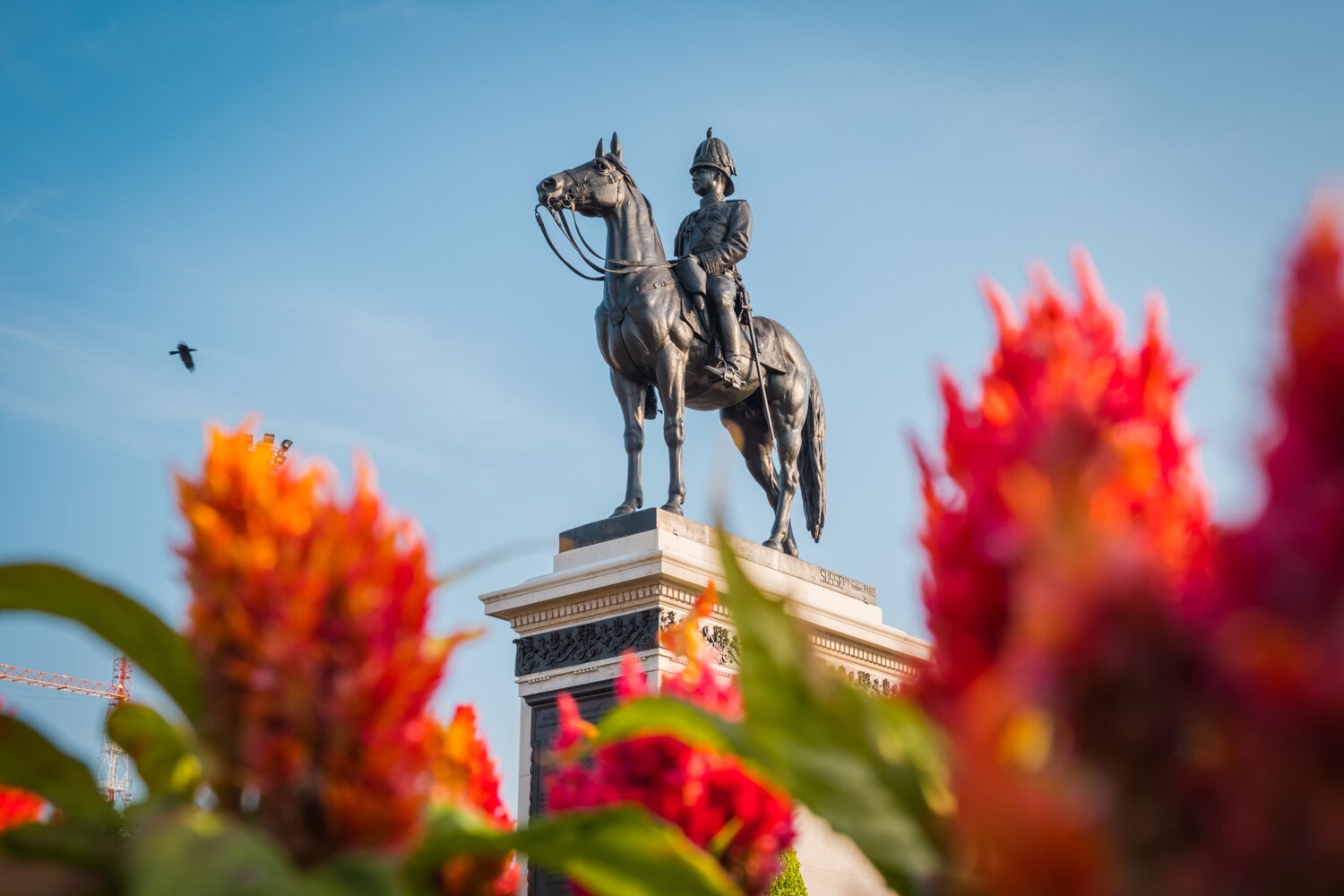On the occasion of the 42nd anniversary of King Chulalongkorn’s accession to the throne in 1908, becoming Thailand’s longest-reigning monarch at the time, the royal family, high-ranking officials and the appreciative people held a Rajamangalabhisek ceremony to celebrate. King Vajiravudh, then the Crown Prince, sat as the head of the Event Committee and stated in the presence of all ministers:
"...urge all Siamese people, regardless of their race or language, to show gratitude to our beloved King by donating money, as much or as little as they are capable, to be offered as a "cash gift" for the King's private expenses."
While fundraising was going on at home, King Chulalongkorn was paying his second visit to Europe. The Event Committee learned that the King was impressed by the equestrian statue of King Louis XIV which stood in a plaza at the Palace of Versailles in France. At one time, the King even stated that it would be dignified to have an equestrian statue of himself erected in the plaza between Anatra Samakhom Throne Hall and Ratchadamnoen Road. The ministers agreed that the statue should be built as the King wished. And so, the Crown Prince requested permission from the King to fashion the statue in the same style as that of Louis XIV, just as he desired.
Once the matter was decided, King Chulalongkorn, who was in Europe at the time, arranged the details of the statue including the material for the statue himself. The commission for the statue went to a Parisian foundry Susse Fres Fondeur. On 20 June 1907, the King had his photos taken for the model statue. He recorded in one of his letters to his daughter, Princess Nibha Nobhadol:
"At 4 o'clock, I left the embassy to have my photos taken for the statue. They wanted photos of all four sides of me in uniform. However, the uniform is not ready today. It was sent to a tailor as a sample for them to make a new one because the old one has become too small for me. Not only because I have gained weight, but also because the underclothing is thick. The studio where I was going to have my photos taken is in the city; I doubted that they would do a good job. I heard they take superb photos in Strasbourg. But that could waste a lot of time. So I went to the place that I said I didn't want to go. They wanted to take my photos on the seventh floor, counting from the ground level up to the rooftop, because of better lighting. Luckily there was a lift, and I took it straight to the seventh floor. Duke and Charoon who were with me were less fortunate. They had to walk up the stairs, which exhausted them both. The photographer took my photos for the statue, all four sides, and then asked for more photos for the studio."
Later, on 22 August 1907 while still in Paris, the King visited the foundry to sit for the original clay sculpture. He asked the sculptor to adjust the features on the sculpture until he was completely satisfied. In letter number 35 in the same series of correspondence, the King wrote:
"The foundry is one block away from the main road. They made the horse beautiful, but the figure above, not so much. Too thin. This is because they used the King of Spain as a model. So my statue has not progressed as I would have liked, both for the equestrian statue and the miniatures. They cannot sculpt it accurately from the photos either. The light and shadow just ruin all the features. On the small model, the face looks flat, and on the big model, the cheeks look extremely thin and they made the lips look swollen. But the sculptor is really good. As soon as I sat, he grabbed the clay and adjusted the model. He fixed the head first, then the face, filling the sunken cheeks and temples, reducing the jaw and the brow; but the mouth still looks odd. At first I was a little angry that I had to sit still for a long time, but after a few minutes, it became quite enjoyable watching him work..."



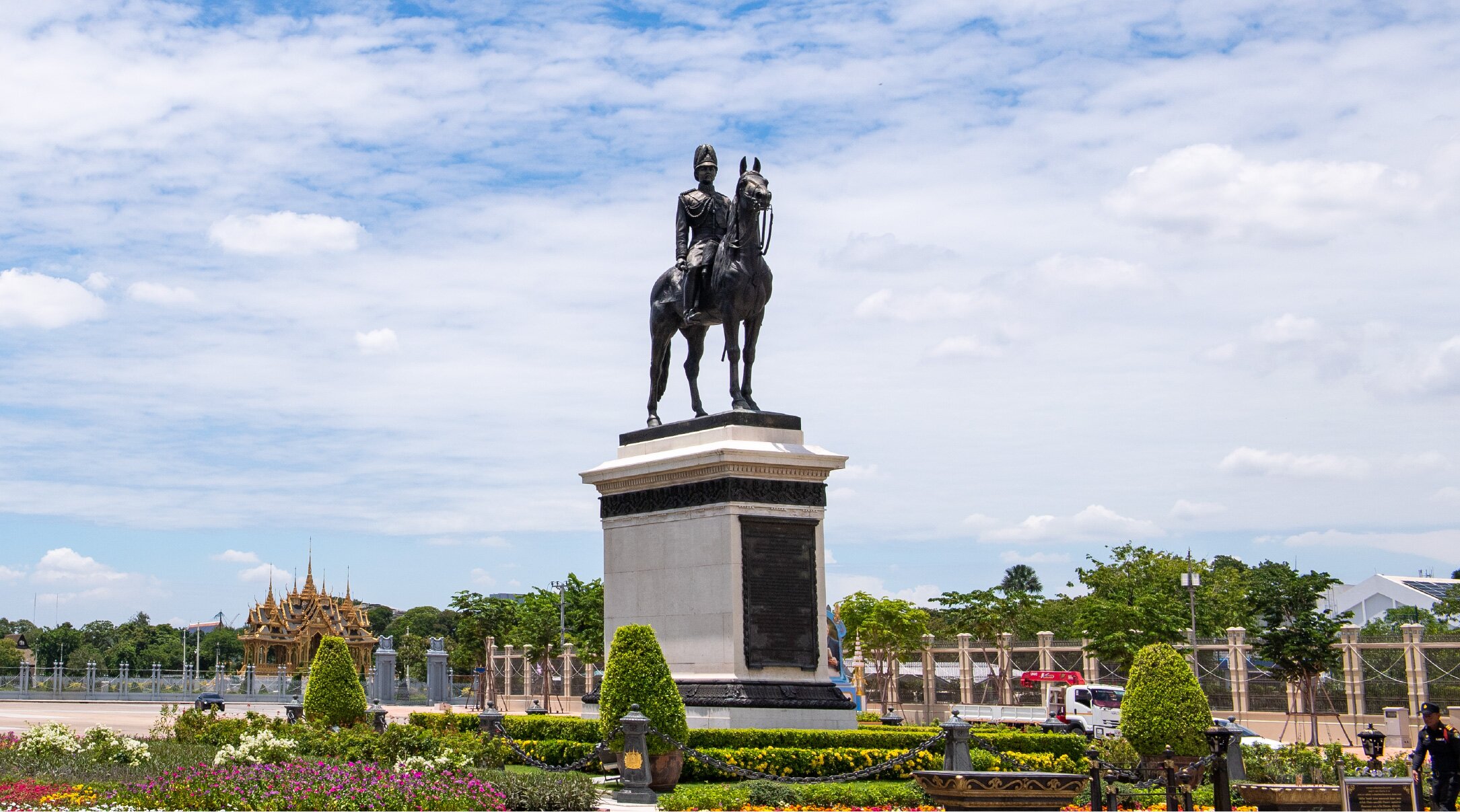
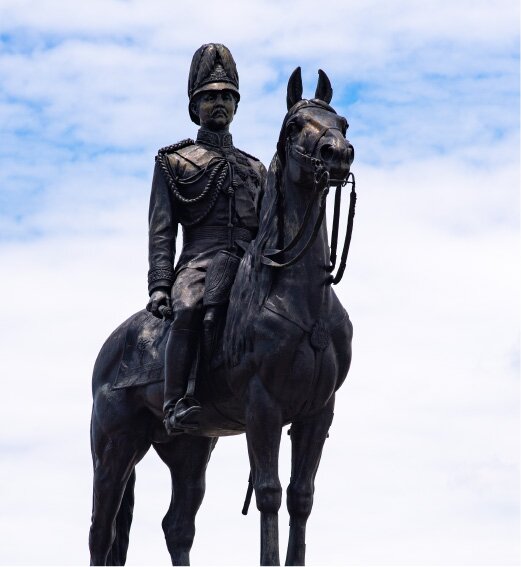
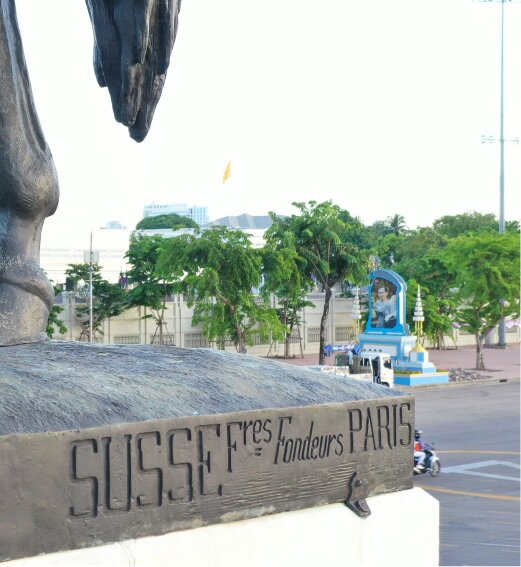
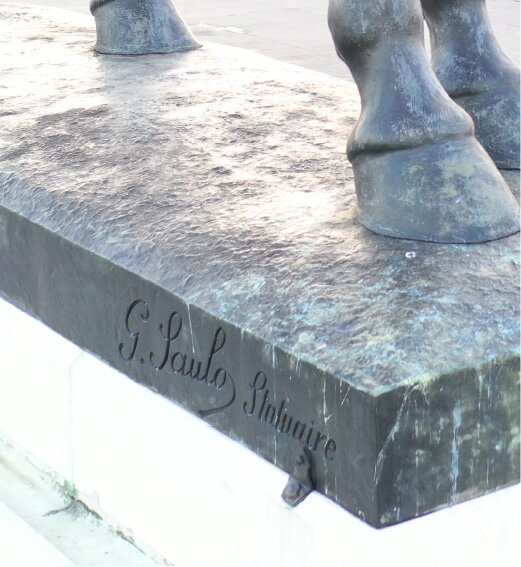
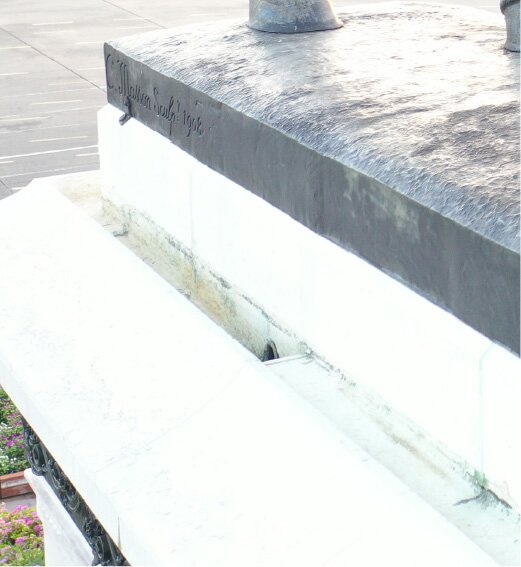
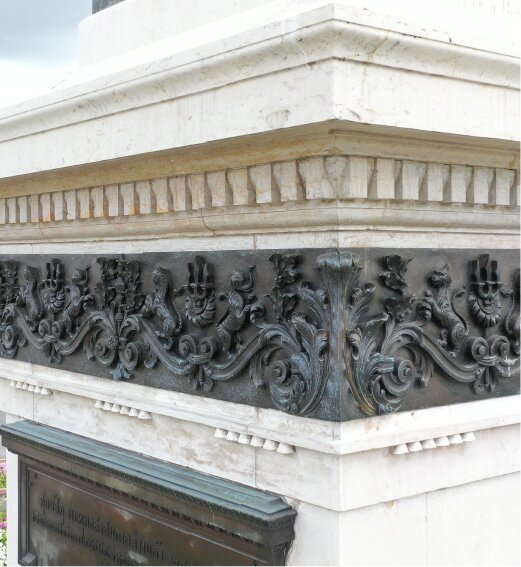
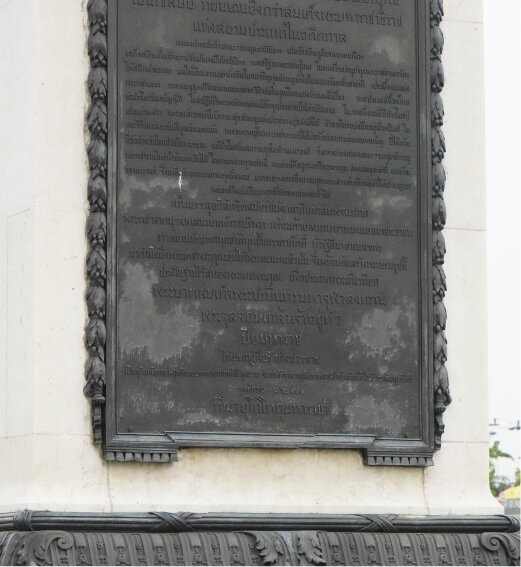
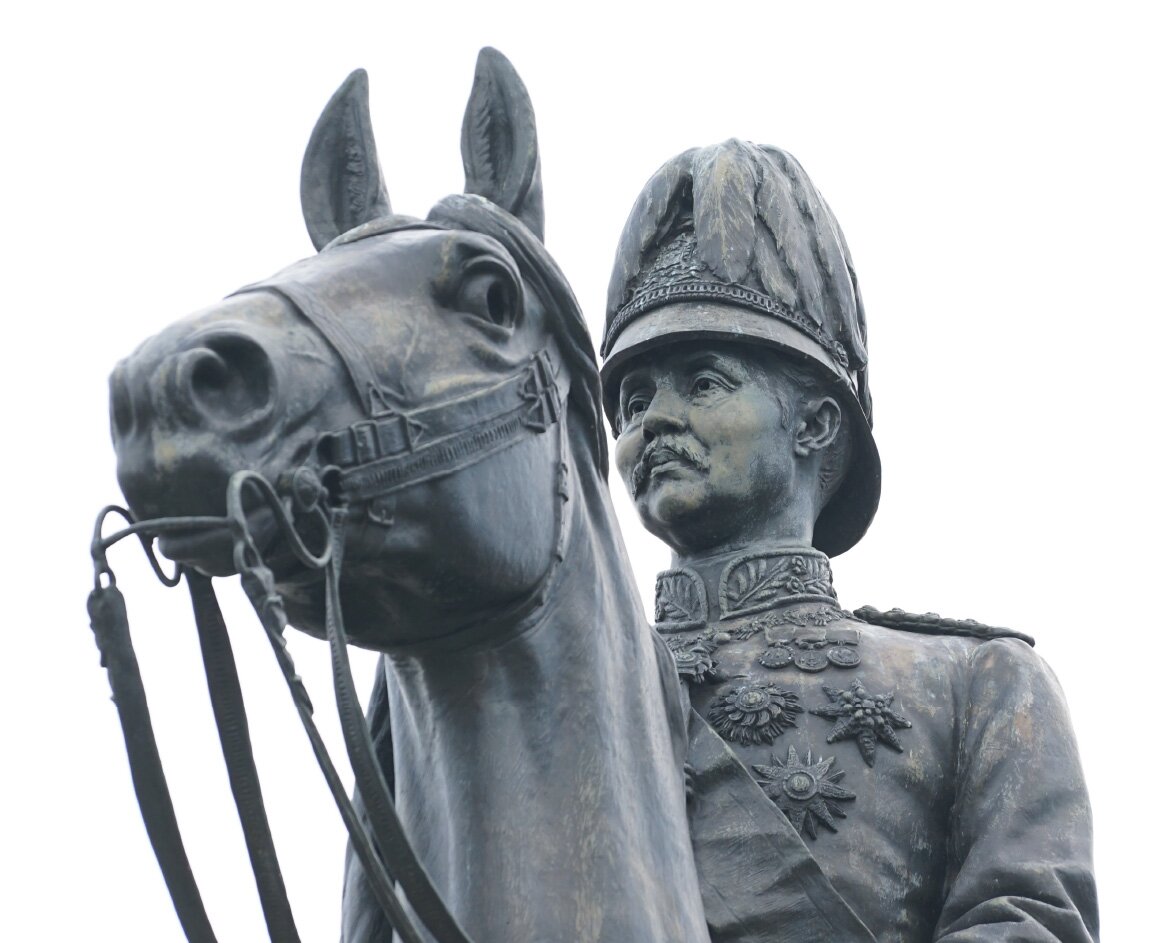
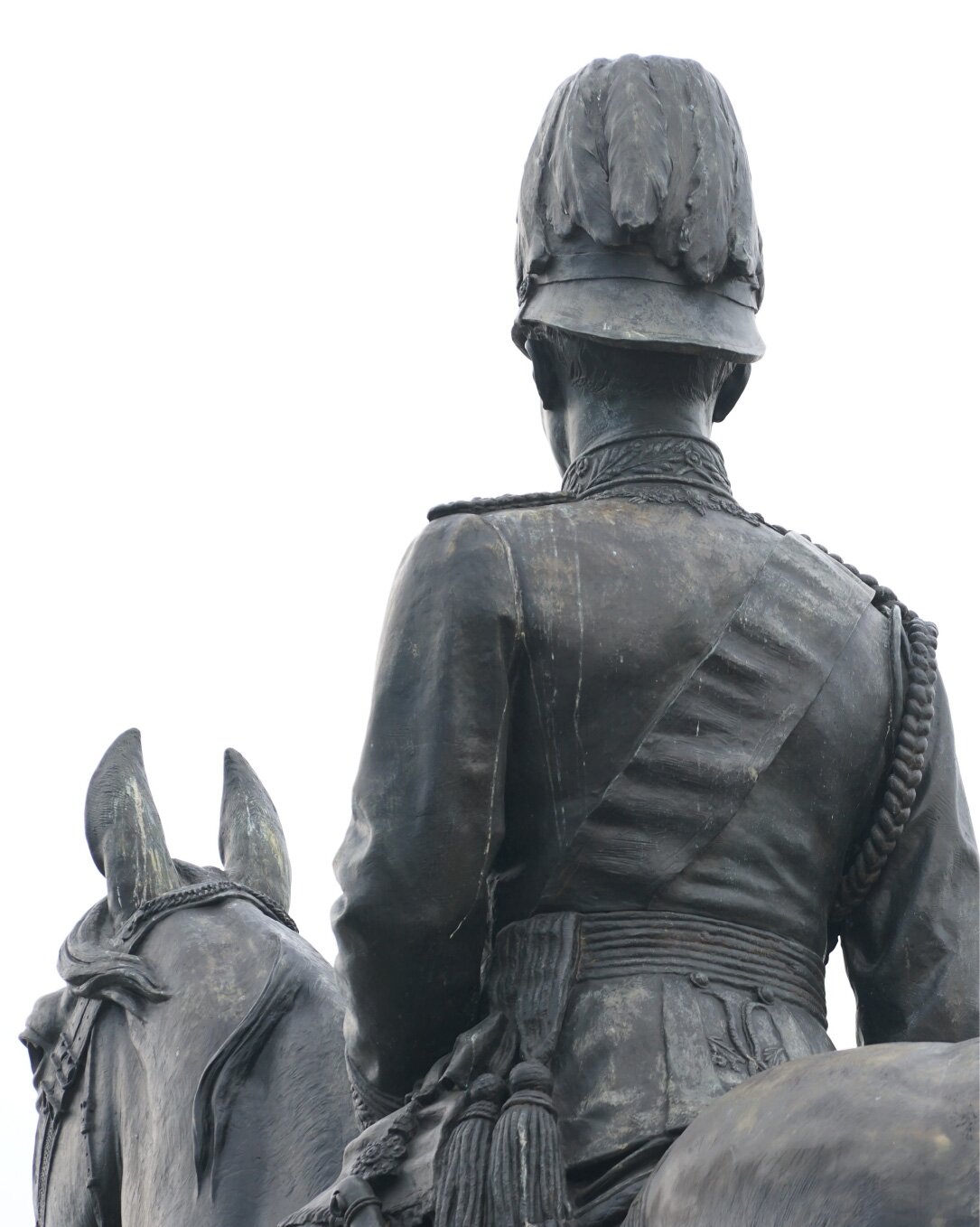
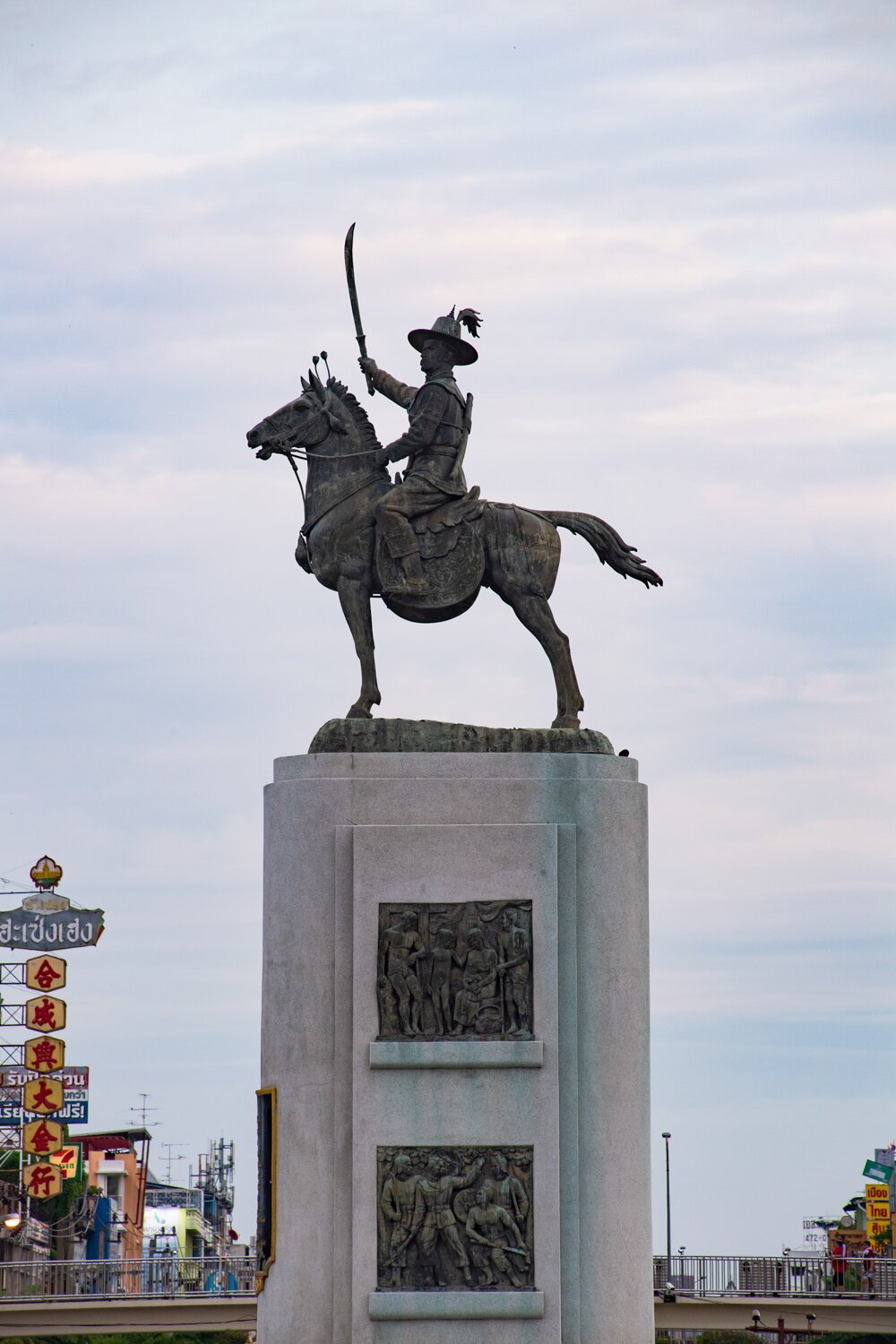
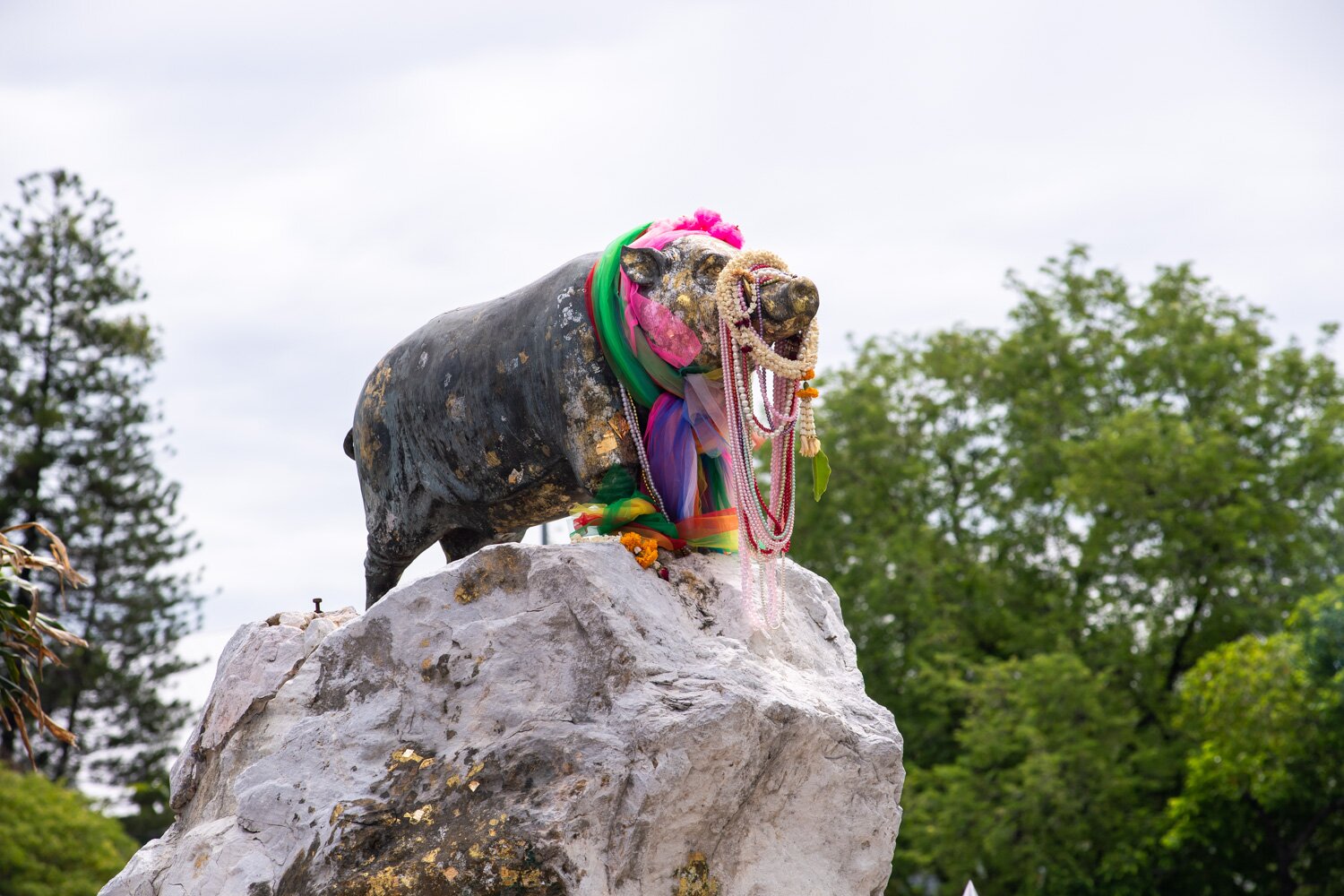
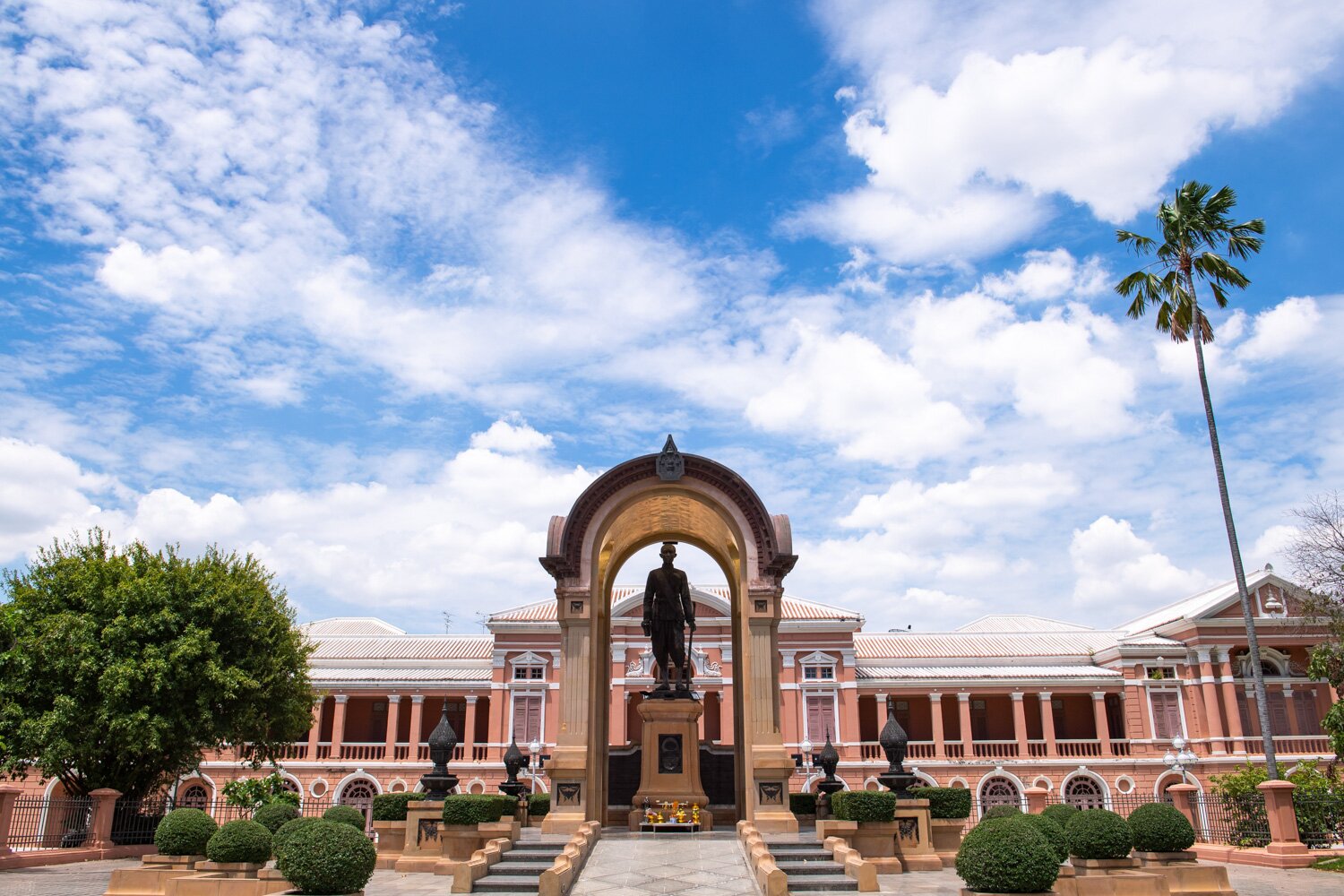
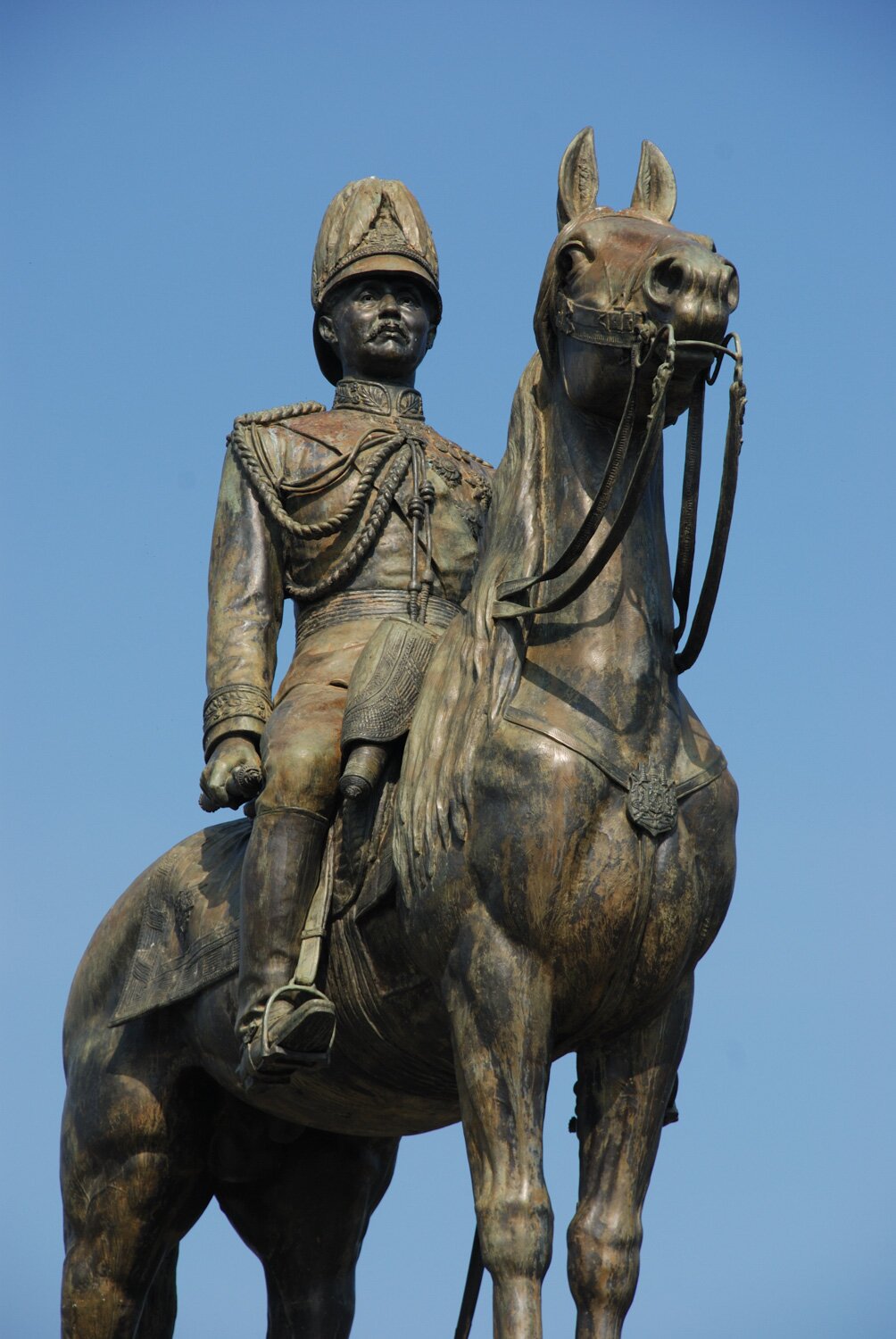
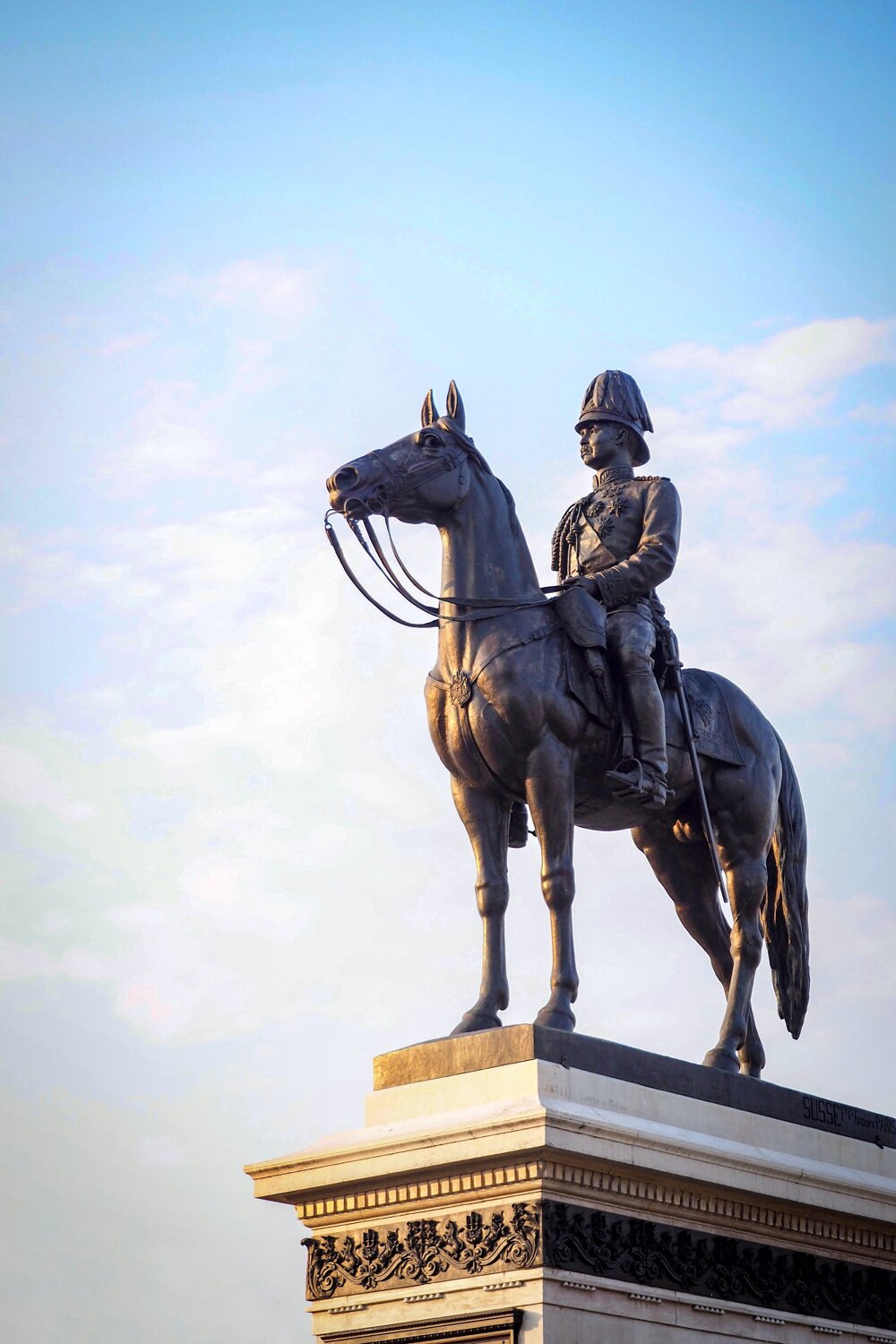
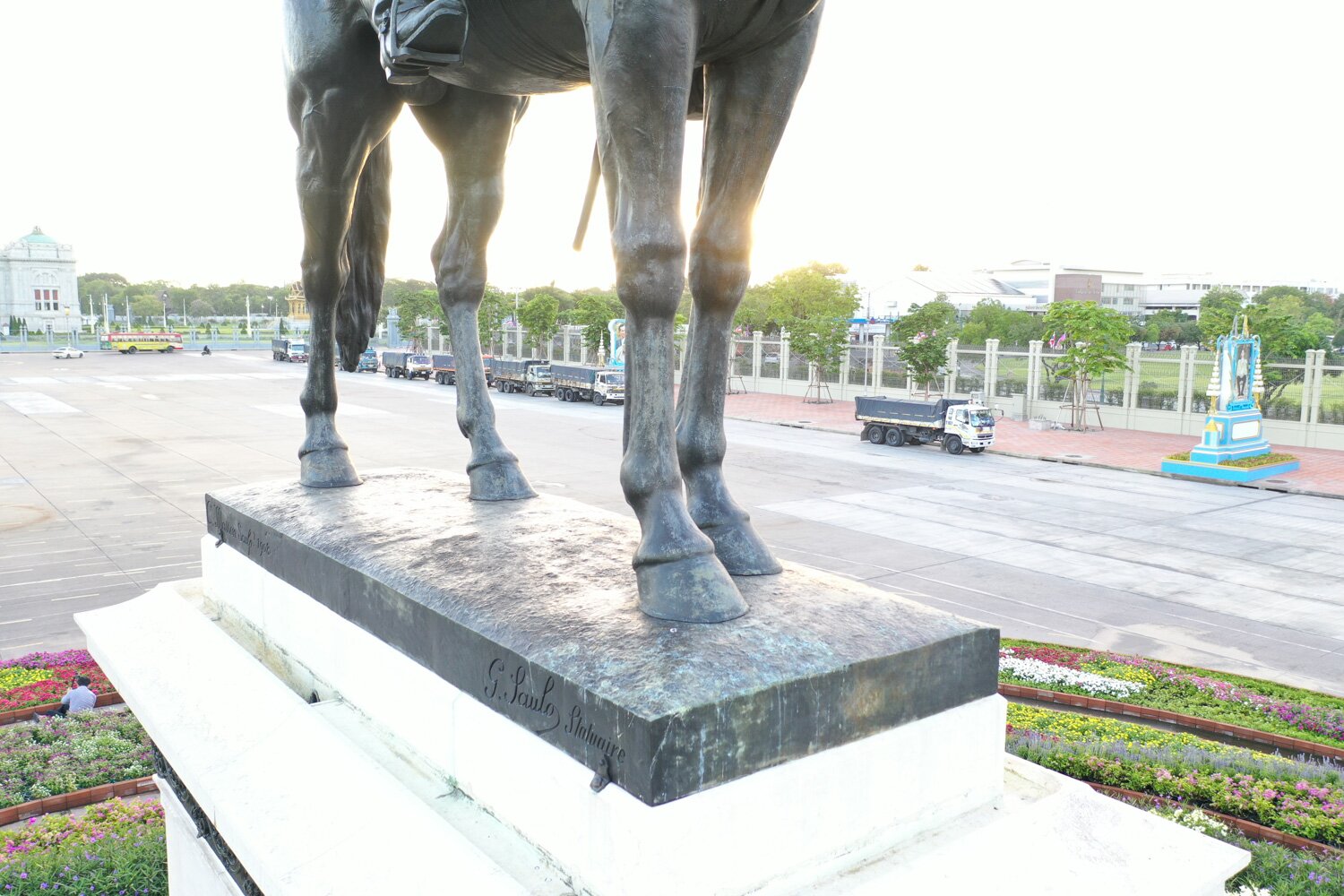
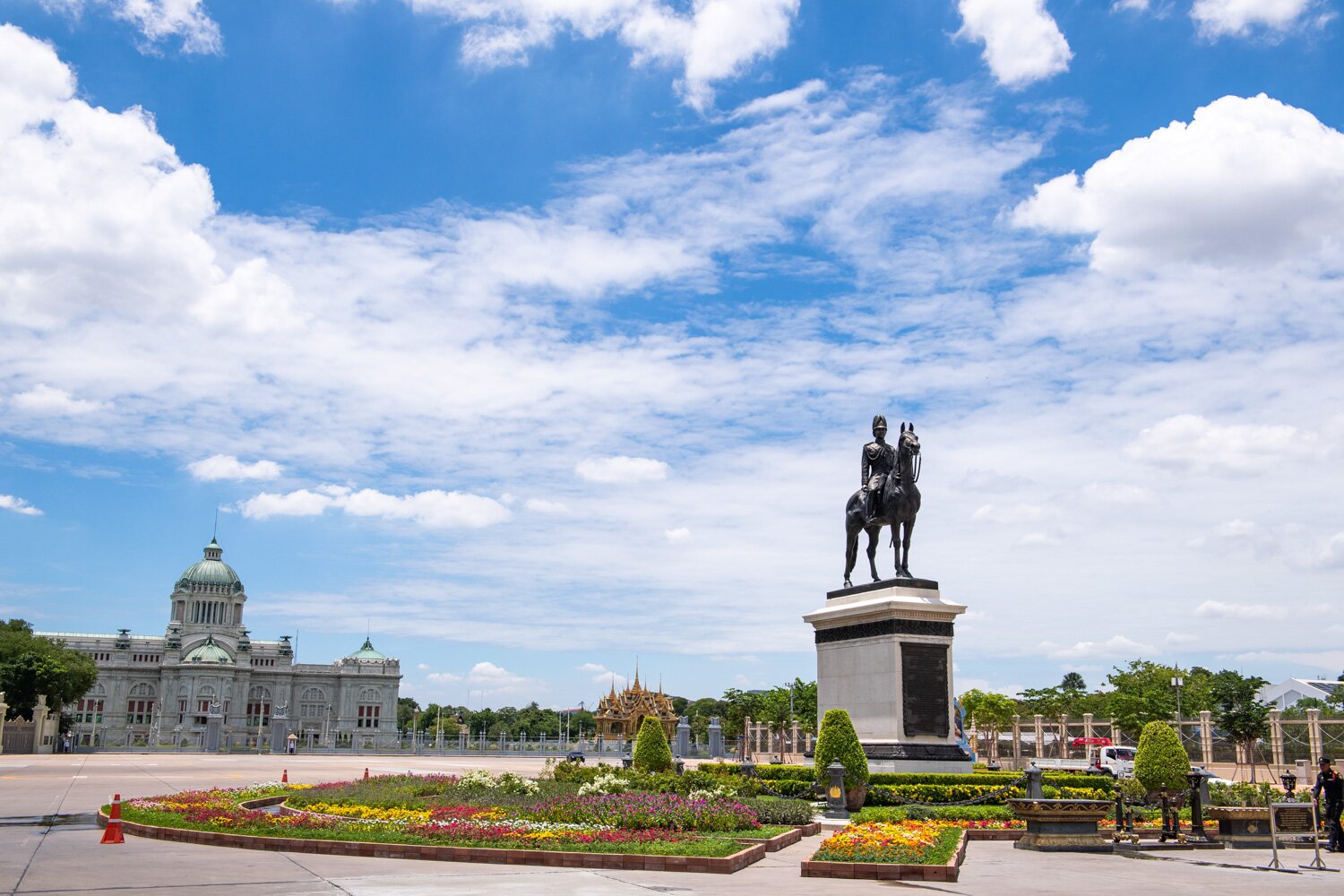
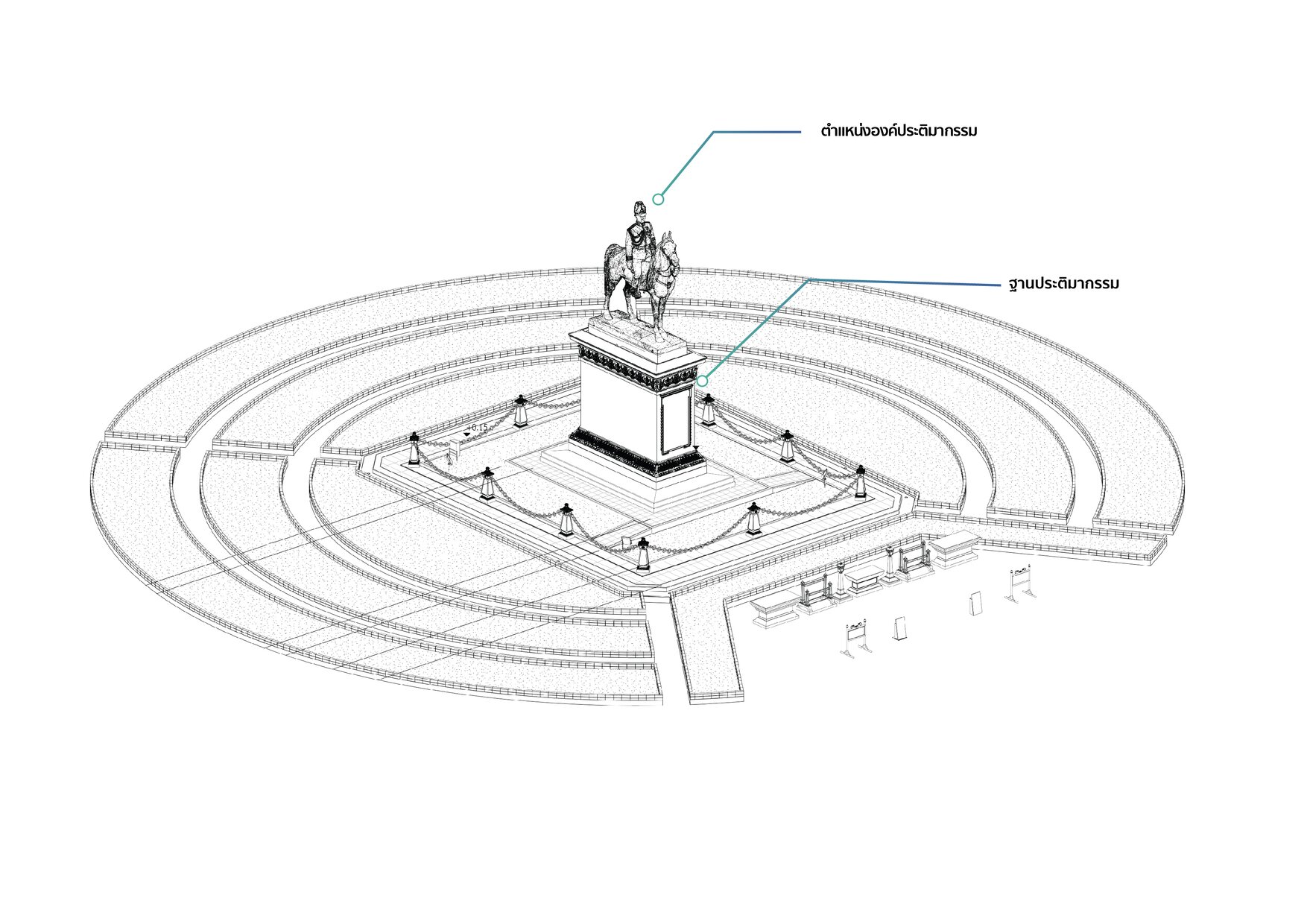
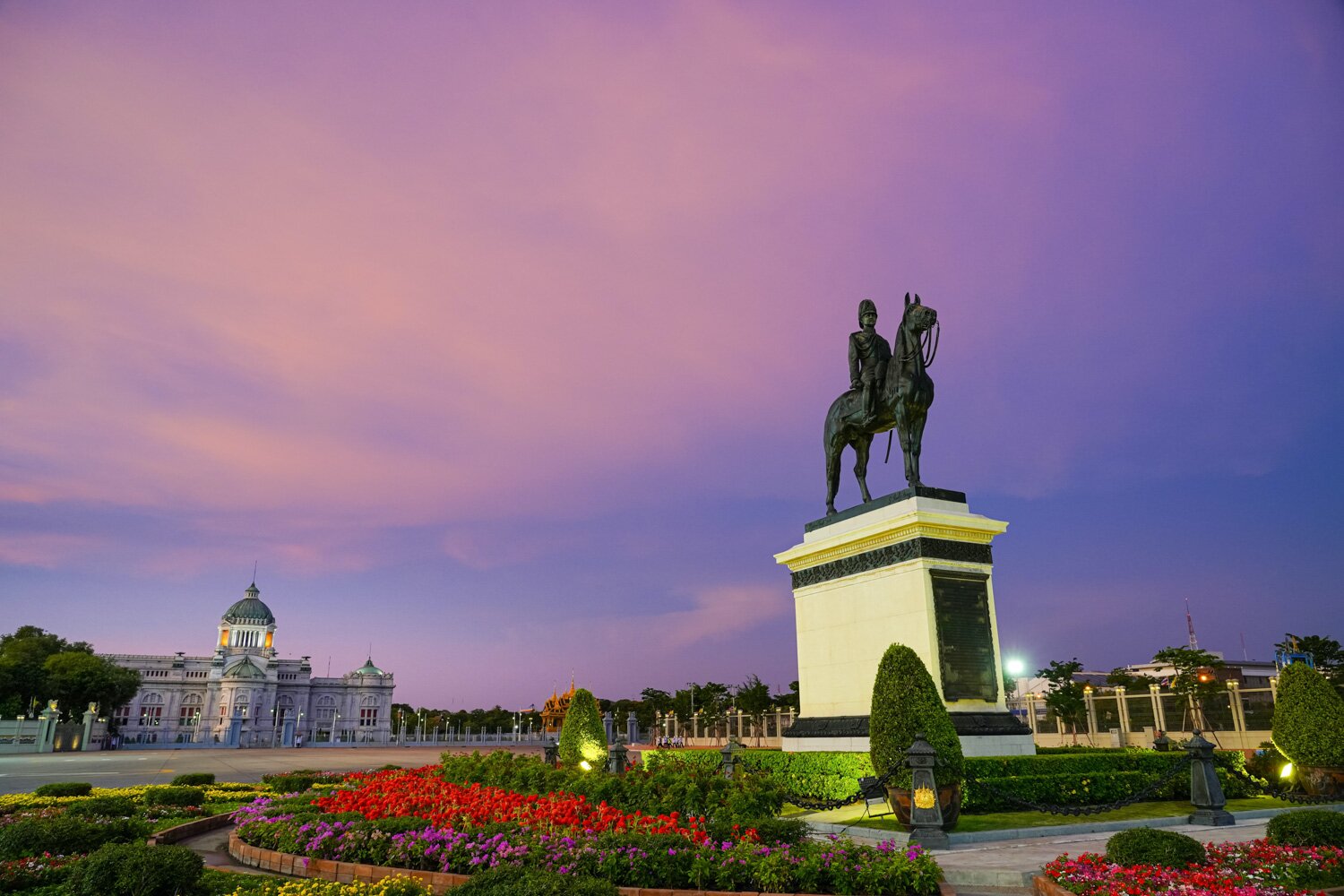


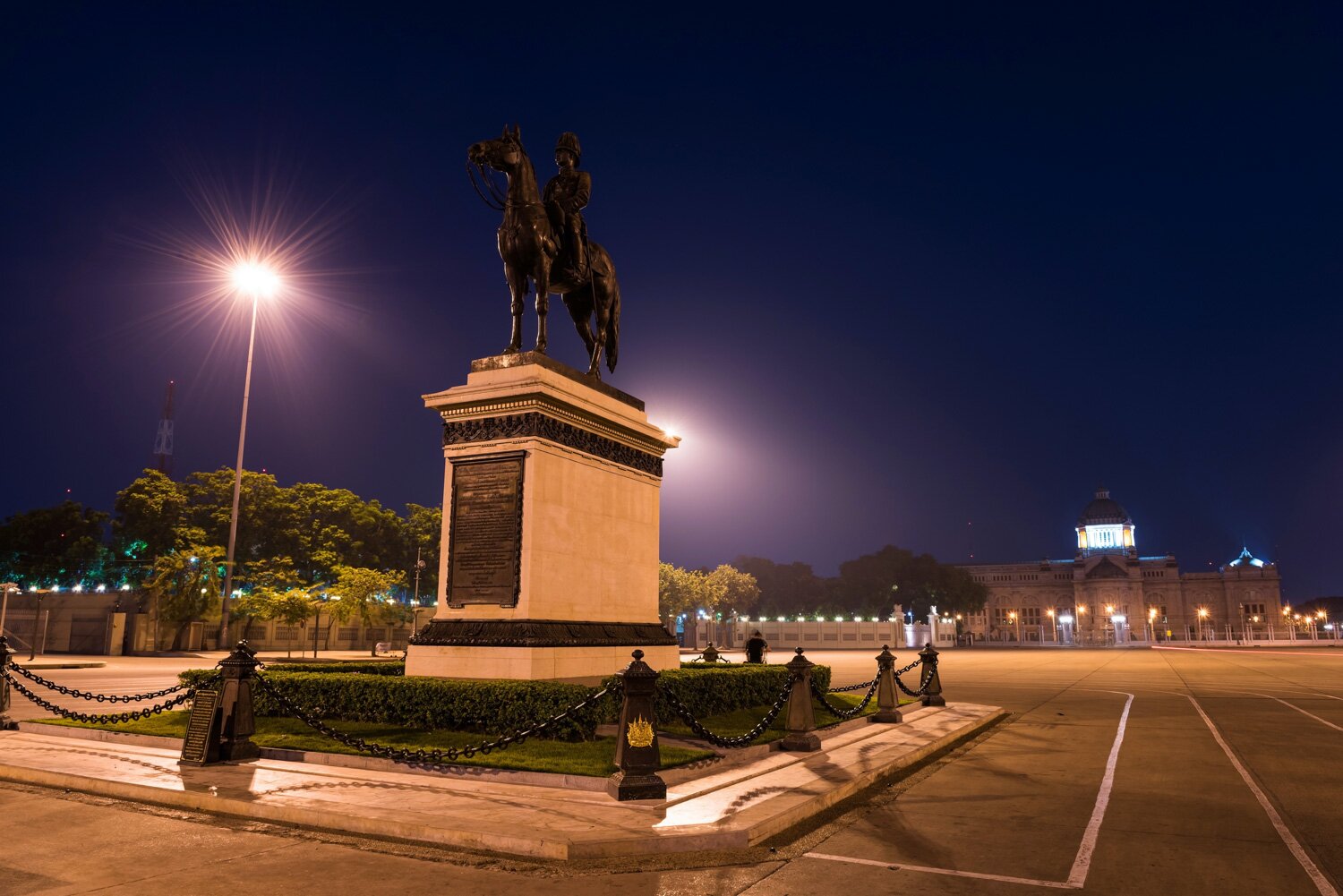
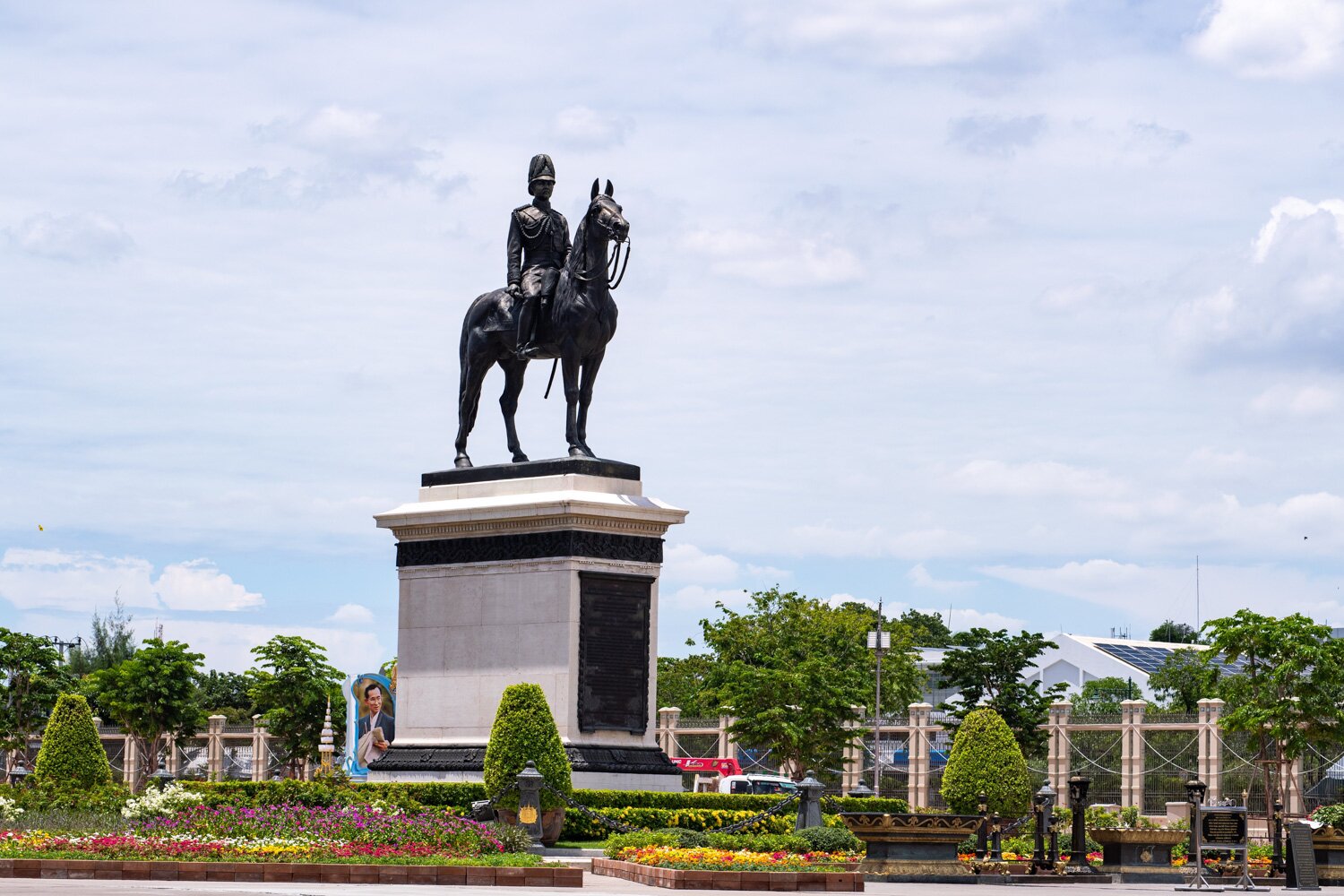
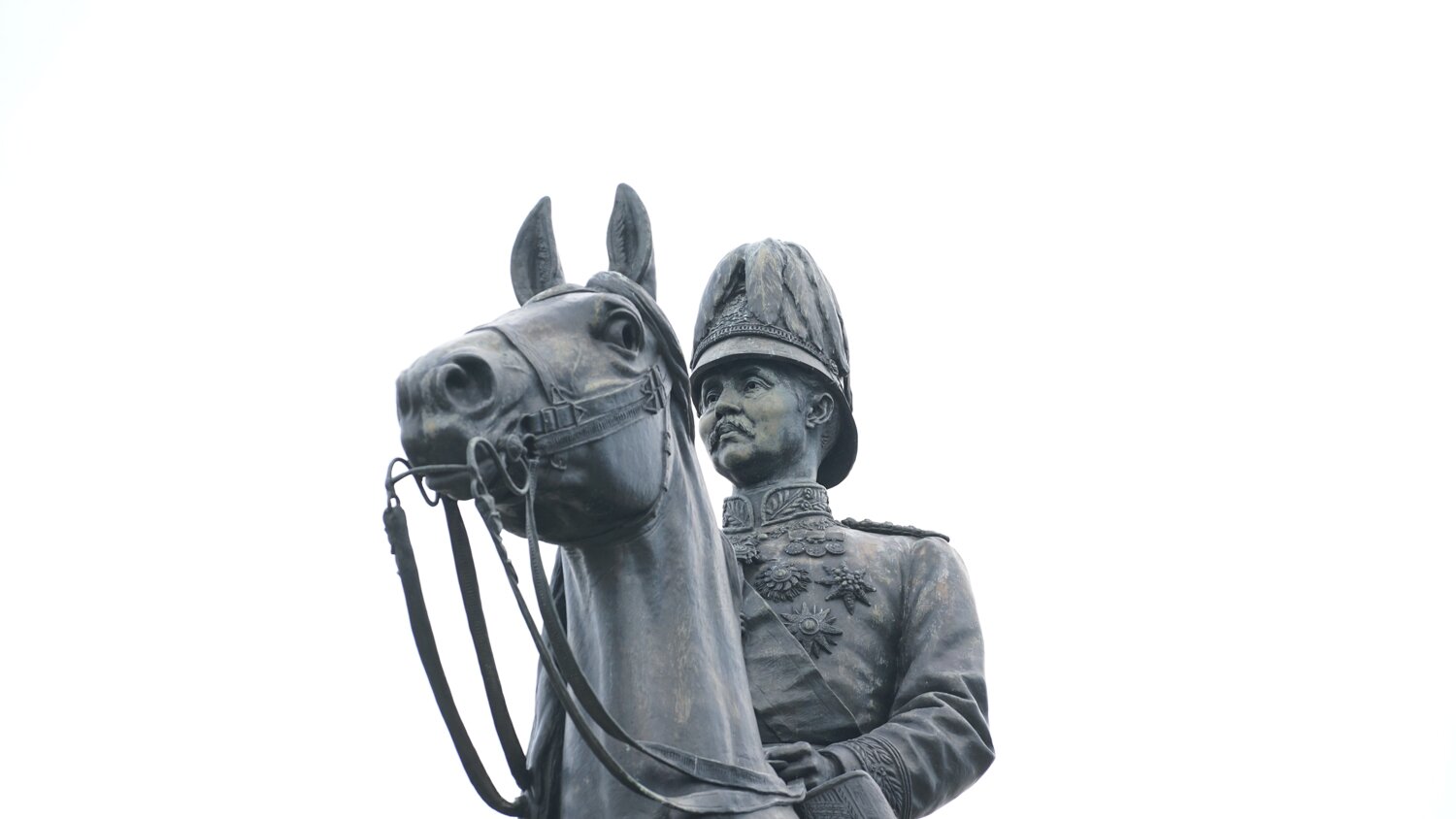
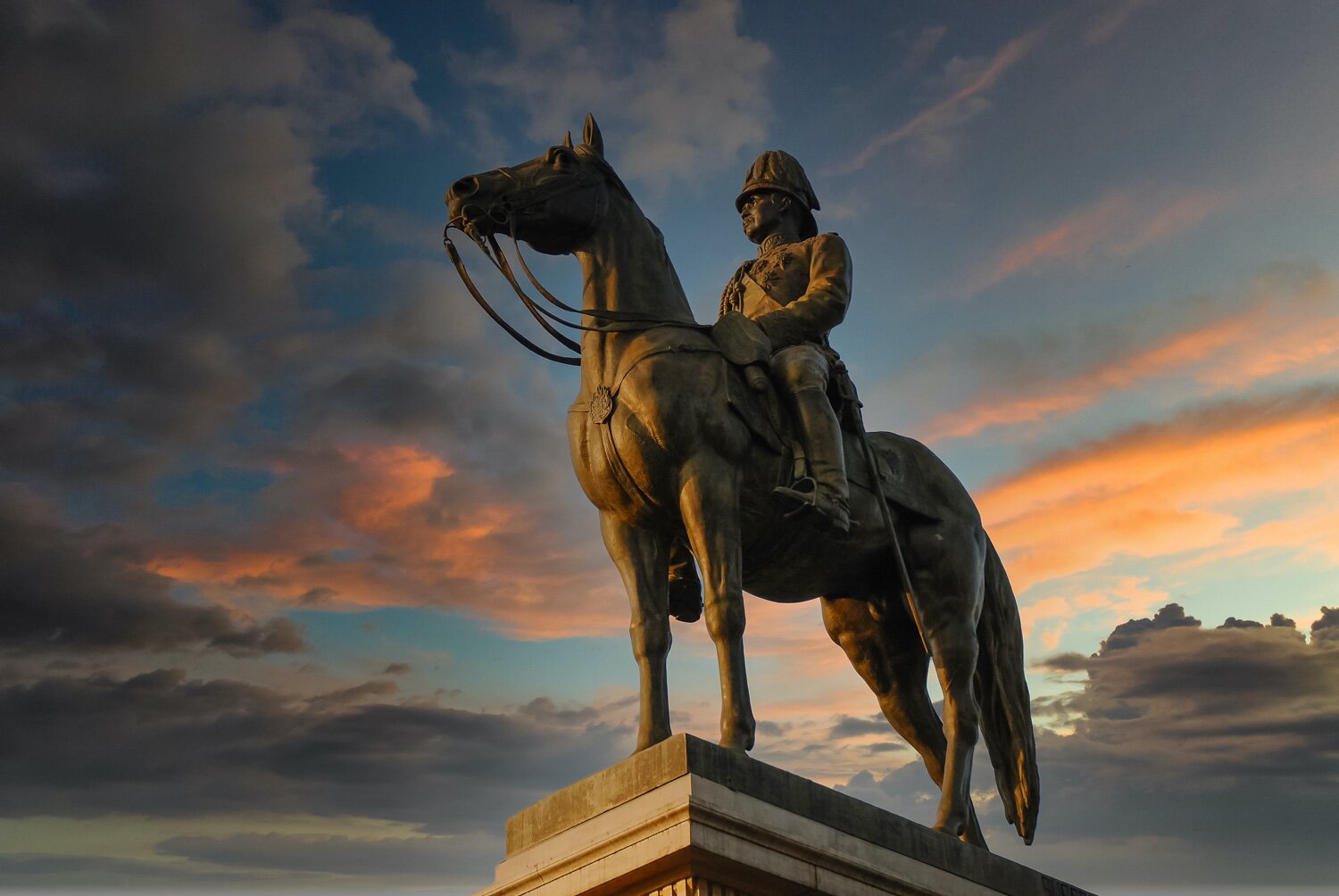
.jpg)
